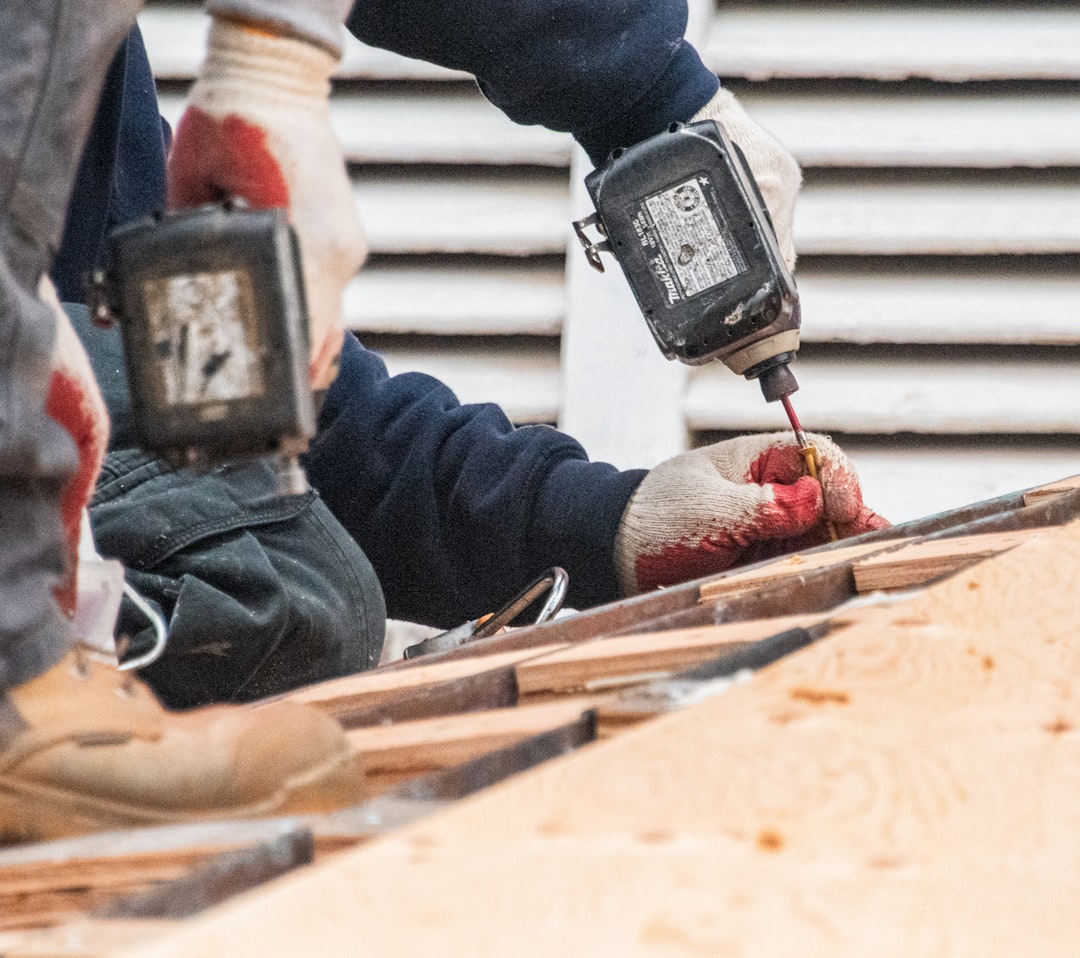body {
font-family: sans-serif;
line-height: 1.6;
}
h1, h2, h3 {
color: #333;
}
img {
max-width: 100%;
height: auto;
}
Construction nails are seemingly simple components, yet their selection significantly impacts the longevity and structural integrity of any building project. Choosing the right nail requires understanding various standards, material properties, and how these factors contribute to overall durability. This comprehensive guide explores the crucial aspects of construction nails, ensuring you make informed decisions for your next project.
Understanding Construction Nail Standards: Size, Gauge, and Type
Construction nails are categorized by several key characteristics. The most important are size (length), gauge (thickness), and type (e.g., common, box, finishing). Size is measured in inches or centimeters and directly relates to the material’s thickness being fastened. Gauge refers to the nail’s diameter, with lower gauges representing thicker nails. Different types of nails are designed for specific applications. Common nails are general-purpose, box nails have a larger head for holding power, and finishing nails have a smaller head for a less visible finish. Standards like those set by ASTM International provide specifications for dimensions, material properties, and performance requirements, ensuring consistency and quality across manufacturers.
For example, an 8d common nail (8 penny) is approximately 2.5 inches long and has a specific gauge. Understanding these standards is crucial for selecting the appropriate nail for a given application. Using a nail that’s too short can lead to insufficient holding power, while using one that’s too long can cause damage to the materials or even penetrate through to the other side.
Material Matters: The Impact of Steel and Other Alloys on Nail Durability
The material composition of a construction nail significantly impacts its durability and resistance to corrosion. The most common material is steel, which can be further treated to enhance its properties. Galvanized nails, coated with zinc, offer superior corrosion resistance, making them ideal for outdoor applications and environments with high humidity. Stainless steel nails provide even greater corrosion resistance, but they are typically more expensive. Other alloys, such as those containing copper, might be used for specific applications requiring enhanced resistance to certain chemicals or environmental factors.
The choice of material should be guided by the intended application and the environmental conditions. For interior projects in dry environments, standard steel nails might suffice. However, for exterior work or projects exposed to moisture, galvanized or stainless steel nails are strongly recommended to prevent rust and ensure long-term durability.
Nail Holding Power and Penetration: Factors Affecting Structural Integrity
The holding power of a nail depends on several factors, including its length, gauge, material, and the type of wood or material being fastened. A longer and thicker nail will generally provide greater holding power. The sharpness of the nail point also plays a crucial role; a sharp point allows for easier penetration and a more secure hold. The type of wood also matters; denser woods require longer and thicker nails than softer woods.
Proper nail placement is also critical. Nails should be driven straight to avoid splitting the wood. Pre-drilling pilot holes can be helpful for preventing splitting, especially when working with hardwoods or using longer nails. Understanding these factors is essential for ensuring the structural integrity of any construction project.
Common Nail Types and Their Applications: Choosing the Right Tool for the Job
Various nail types cater to different applications. We’ve already mentioned common, box, and finishing nails. Beyond these, there are specialized nails like roofing nails (with a large head for wind resistance), brads (small, thin nails for finishing work), and casing nails (for trim work). Each nail type has specific design features optimized for its intended use. Using the wrong type of nail can compromise the project’s aesthetics or structural integrity.
For instance, using finishing nails where structural strength is needed would be inappropriate. Similarly, using common nails for fine carpentry work would leave an undesirable finish. Selecting the correct nail type ensures both functionality and a professional-looking result.
Ensuring Durability: Best Practices for Nail Installation and Project Longevity
Even with the right nail selection, proper installation is crucial for long-term durability. Using a nail gun can improve efficiency and ensure consistent penetration depth. However, hand nailing allows for more control and precision, especially in delicate situations. Regardless of the method, avoiding bending or damaging the nail during installation is important. Properly setting the nail head flush with the surface prevents snags and improves the overall aesthetic appeal.
Regular inspections, especially in projects exposed to harsh weather conditions, can help identify any problems early on. Replacing loose or damaged nails promptly prevents further deterioration and ensures the longevity of the structure. Proper maintenance and timely repairs contribute significantly to the overall durability of any project utilizing nails.
By understanding the standards, material properties, and best practices discussed in this guide, you can ensure that your construction projects benefit from the strength and durability that properly selected and installed nails provide.
SEO-Friendly Tags:
- construction nails
- nail gauge
- nail size
- galvanized nails
- nail durability




